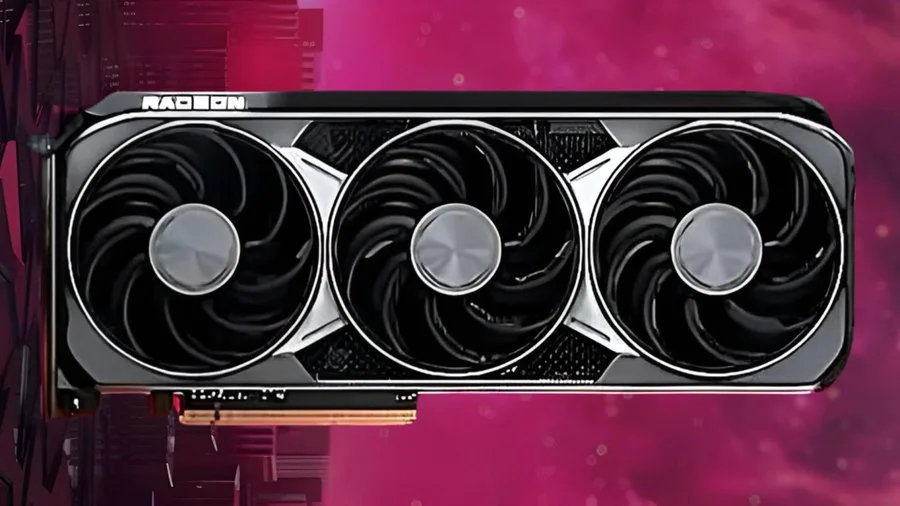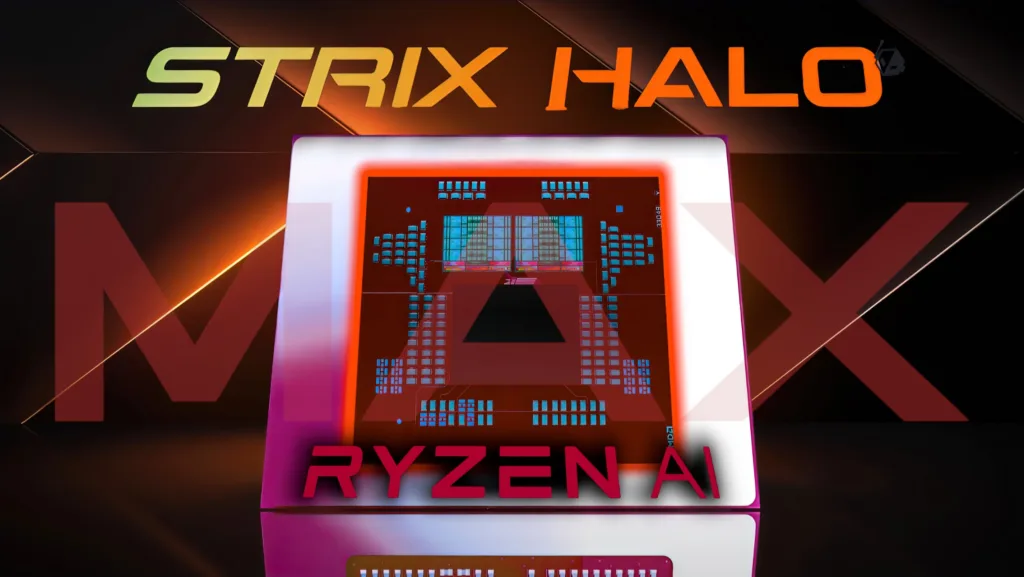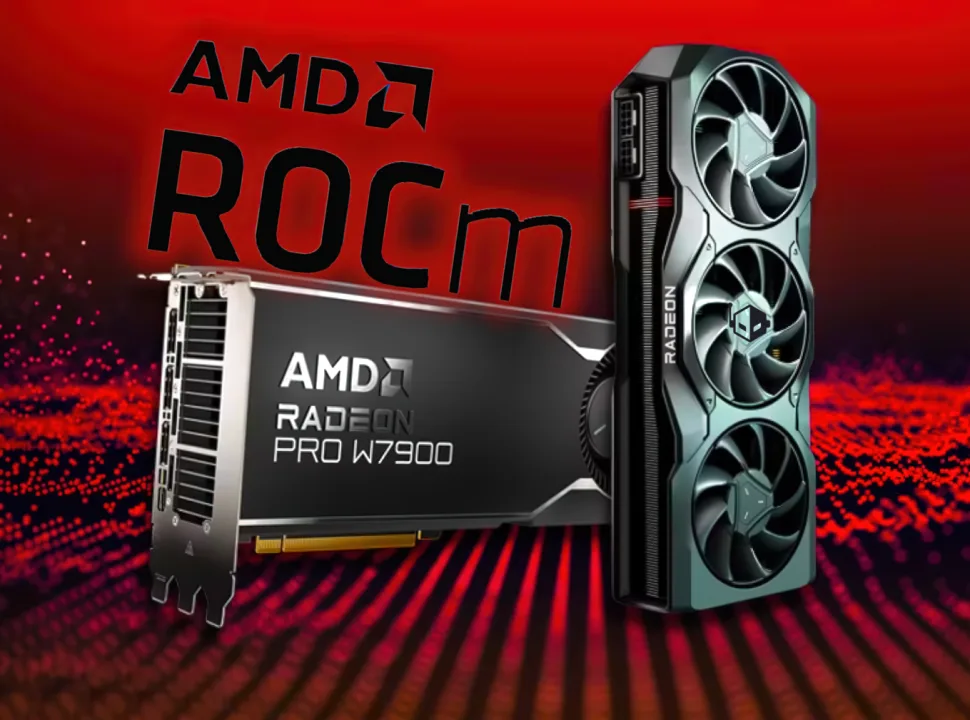AMD’s next-gen Medusa Point APUs, set to feature the powerful Zen 6 architecture, might not be upgrading to RDNA 4 or RDNA 5 for their integrated GPU (iGPU). Instead, recent leaks suggest they will continue using an enhanced RDNA 3.X architecture. This move could have major implications for performance, efficiency, and competition in the mobile APU market.
Table of Contents
Medusa Point APUs: A Shift from Expectations
According to reports from a credible leaker, Golden Pig Upgrade on Weibo, AMD’s Medusa Point APUs will utilize the Zen 6 CPU architecture but will rely on an upgraded version of RDNA 3.X for their iGPU. This contradicts earlier rumors that speculated a jump to RDNA 5, completely bypassing RDNA 4.
AMD’s current mobile lineup, including the Strix Point and Strix Halo APUs, already employs RDNA 3.5, proving capable of delivering competitive gaming performance without requiring a discrete GPU. However, skipping RDNA 4 could mean missing out on potential advancements in graphics efficiency and power optimization.
Understanding the Zen 6 and RDNA 3.X Combination
Zen 6 is expected to bring significant improvements in power efficiency, clock speeds, and overall computing performance. However, the decision to stick with RDNA 3.X for the iGPU is intriguing.
RDNA 3.5 has already been integrated into multiple mobile APUs, including Strix Point, Kraken Point, and Strix Halo. This means that AMD is likely refining the architecture further rather than jumping to RDNA 4, possibly to maximize performance per watt. Given that mobile computing places a heavy emphasis on efficiency, AMD might be prioritizing optimization over raw graphical upgrades.

Why Stick to RDNA 3.X?
There are a few possible reasons for AMD’s decision:
1. Matured Performance of RDNA 3.5
RDNA 3.5 has proven to be a strong performer, particularly in mobile APUs where power efficiency is crucial. With up to 40 Compute Units in Strix Halo, it competes well against discrete GPUs like the NVIDIA RTX 4060 and 4070 laptop GPUs. Since Medusa Point aims to build on this foundation, AMD may believe that an upgraded version of RDNA 3.5 is sufficient for gaming and creative workloads.
2. Cost Optimization & Stability
Transitioning to a new GPU architecture is expensive. By sticking with RDNA 3.X, AMD can save on research and development costs while ensuring that Medusa Point launches with a refined and stable graphics solution. This allows for better driver support, optimizations, and overall reliability compared to rushing a new architecture to market.
3. Market Strategy & Competitive Edge
With Intel’s Panther Lake set to launch in the latter half of 2025, featuring its Xe3 graphics architecture, AMD may be strategically refining its current GPU lineup to maximize performance gains without taking unnecessary risks. By focusing on RDNA 3.X enhancements, AMD can ensure Medusa Point remains competitive in the mobile space.
4. Power Efficiency Over Raw Performance
Mobile processors require a delicate balance between power consumption and performance. RDNA 4 and RDNA 5 may be more powerful but could also consume more energy, reducing battery life in laptops. RDNA 3.X is already optimized for low-power operation, making it a more viable option for AMD’s mobile APU strategy.

Implications for Gamers and Content Creators
For users who rely on integrated GPUs, Medusa Point’s decision to stay on RDNA 3.X could be a mixed bag. Here’s what it means:
For Gamers
- Competitive Gaming Performance: Even though RDNA 3.X is not the latest architecture, its optimized version could still deliver excellent gaming performance, especially for esports titles and mid-range AAA games.
- No Need for a Dedicated GPU: With up to 40 Compute Units, Medusa Point could continue the trend of eliminating the need for entry-level discrete GPUs, making gaming laptops more affordable and power-efficient.
- Potential Bottleneck in Future Titles: While RDNA 3.X is competent today, it may struggle with more graphically demanding future titles that could have benefited from RDNA 4’s advancements.
For Content Creators
- Improved Efficiency for Video Editing & Rendering: The refined RDNA 3.X architecture should still provide strong acceleration for video editing, 3D rendering, and other GPU-intensive workloads.
- AI & Compute Workloads: With AI-powered applications becoming more common, the optimization of RDNA 3.X could still provide a competitive edge, though newer architectures might have offered better AI acceleration.
What’s Next for AMD?
While official details on Medusa Point’s iGPU remain scarce, the industry will be watching closely to see if AMD can extract enough performance from RDNA 3.X to compete with Intel’s upcoming Panther Lake APUs. With the second half of 2025 expected to bring more clarity, AMD’s strategy will become more apparent.
Conclusion
The decision to stick with RDNA 3.X instead of upgrading to RDNA 4 or 5 is a calculated move by AMD. While it may disappoint those expecting a major leap in graphics performance, it aligns with AMD’s goal of delivering a power-efficient, cost-effective, and optimized APU for mobile platforms.
Gamers and content creators can still expect competitive performance, but the true test will be how well AMD refines RDNA 3.X to keep up with the rapidly evolving landscape of laptop graphics. As we approach the official launch, stay tuned for more updates on how Medusa Point stacks up against the competition.








